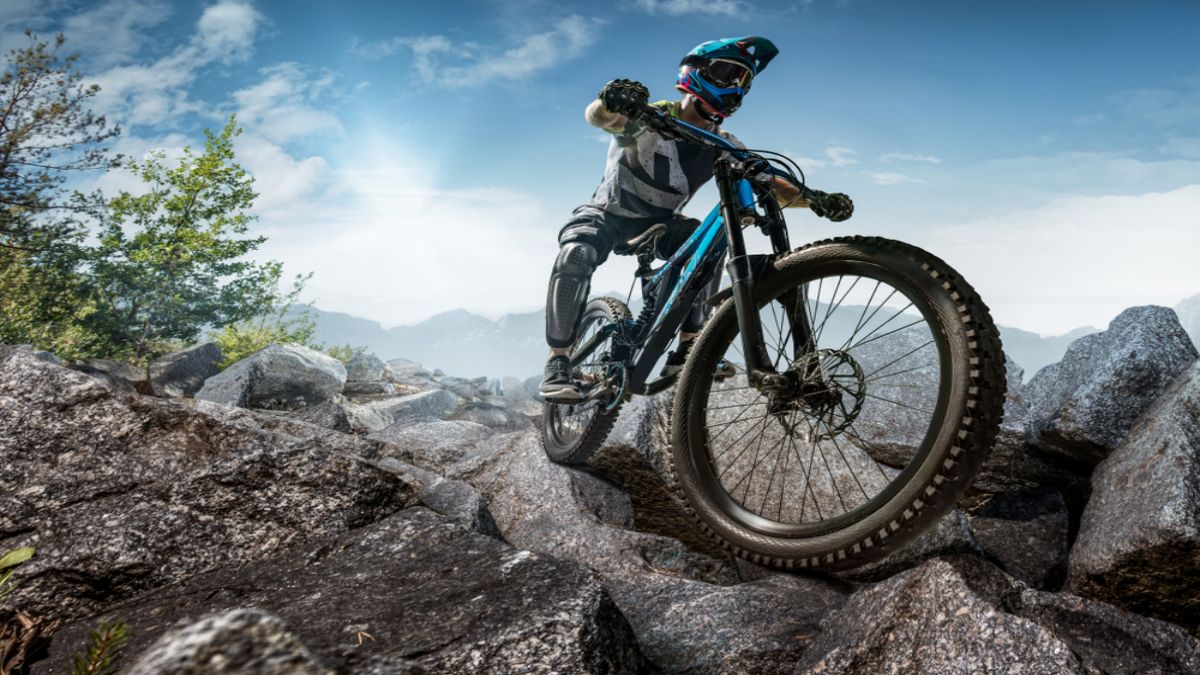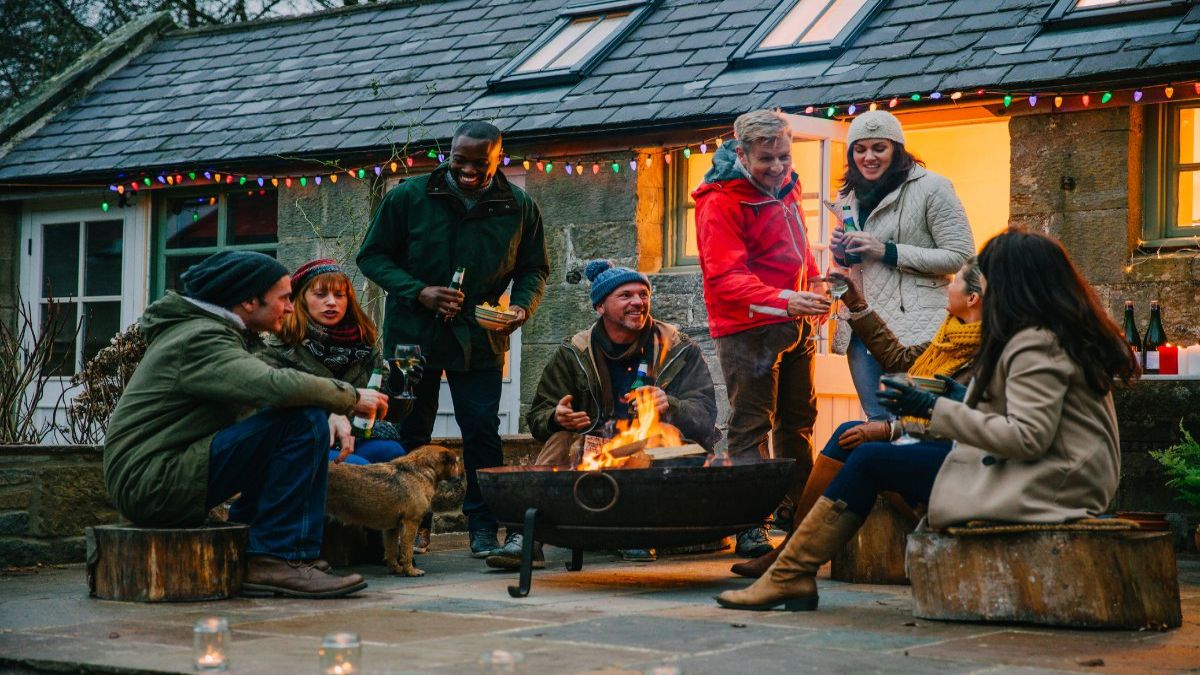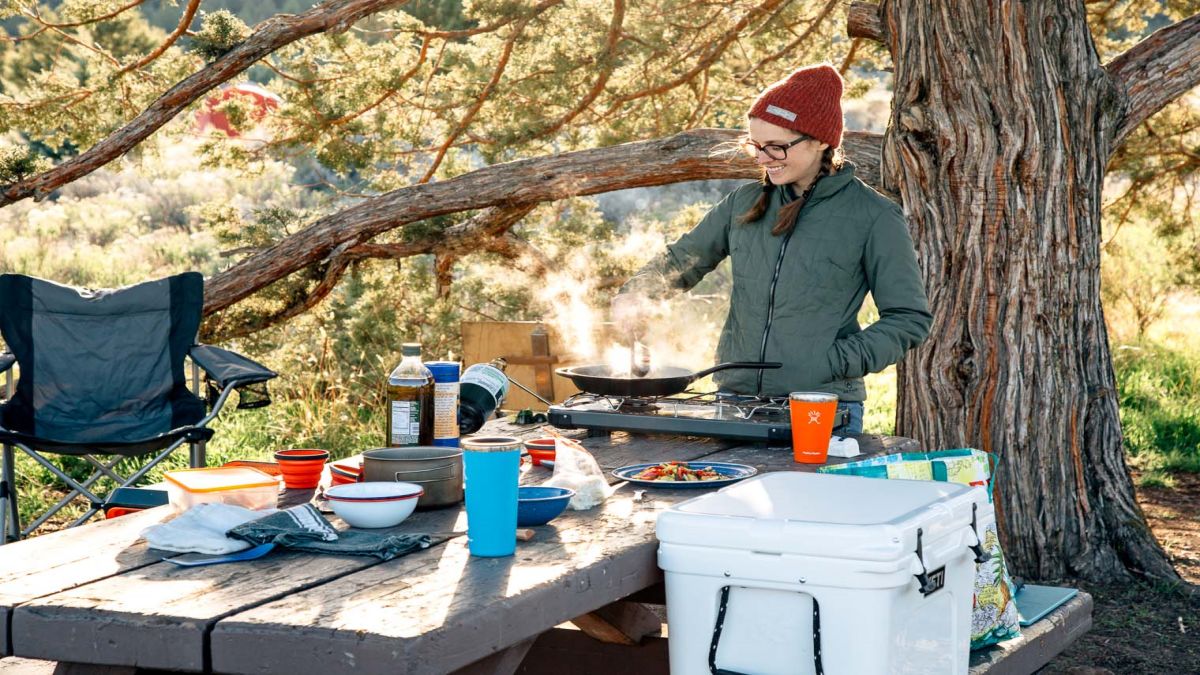Gear Up and Go: Your Beginner's Guide to Finding the Perfect Bicycle
Imagine this: A crisp morning breeze invigorates you, the rhythmic crunch of gravel resonates beneath your tires, and a breathtaking vista unfolds.
This, my friend, is the magic of cycling. But before you embark on this exhilarating adventure, a crucial decision awaits: choosing the perfect two-wheeled companion.
Fear not, fellow adventurer! This comprehensive guide will equip you with the knowledge to navigate the diverse world of bicycles and select the ideal chariot for your cycling journey.
Demystifying the Machine: A Breakdown of Essential Components
Before diving into specific types, let's investigate the building blocks that make a bicycle tick. Understanding these parts empowers you to make informed decisions when considering different models.
Frame: The frame is the backbone of the bicycle, providing the overall structure and influencing weight, durability, and riding style. Common frame materials include steel, aluminum, carbon fiber, and titanium, each offering advantages and trade-offs.
Fork: The shock absorber that connects the front wheel to the frame, smoothing out your ride. Rigid forks are standard on some bicycles, while suspension forks provide additional comfort and control on rough terrain.
Wheels: The size and type significantly impact performance. Larger wheels typically translate to better speed and rolling efficiency, while smaller wheels prioritize agility and maneuverability.
Tire width also plays a role, with wider ones offering superior traction on loose surfaces but increasing rolling resistance.
Drivetrain: The complex symphony that transfers power from your legs to the rear wheel. This intricate system involves cranks, chainrings, cassettes, chains, and derailleurs.
The number of gears (speeds) the drivetrain offers affects your ability to tackle hills and maintain a comfortable pedaling rate on varying terrains.
Brakes: Reliable stopping power is crucial. Standard braking systems include rim brakes (caliper brakes) and disc brakes. Disc brakes offer superior performance in wet conditions and on descents.

A Spectrum of Styles: Unveiling Different Types of Bicycles
We can explore the magnificent diversity of bicycles available with a firm grasp of the fundamental components. Here's a closer look at some popular options:
Road Bikes: Built for Speed Demons - Imagine gliding effortlessly down the smooth pavement. Road bikes are designed for speed and efficiency, boasting lightweight frames, drop handlebars for a low, aerodynamic riding position, and narrow, high-pressure tires.
Hybrid Bikes: The Versatile All-Rounders - Craving a bicycle that transitions from paved roads to light trails? You can look no further than the hybrid bike. These versatile machines offer comfort, wider tires for stability, and sometimes even suspension forks for a smoother ride.
Mountain Bikes: Conquering the Untamed Trails - Calling all adrenaline junkies! Mountain bikes are the undisputed champions of off-road exploration.
These rugged machines boast sturdy frames and wide, knobby tires for superior traction and often feature suspension forks or even full suspension for tackling challenging terrain.
Within the mountain bike category, a fascinating world of sub-specialties awaits:
Trail Bikes: These versatile workhorses balance climbing and descending capabilities and are perfect for exploring various off-road terrains.
Downhill Bikes: Designed to conquer the gnarliest descents, featuring slack head tubes for stability, robust suspension, and components built for handling steep terrain.
Enduro Bikes: The ultimate all-mountain machines, offering enough suspension travel for challenging descents while remaining efficient for climbs.
Beyond the Basics: Exploring Specialized Bicycles
The world of bicycles extends far beyond the core categories. Here are some additional options:
Gravel Bikes: The perfect blend of road bike speed and mountain bike capability for off-road adventures.
Cyclocross Bikes: Designed for cyclocross racing, combining elements of road and mountain bikes for technical terrain.
BMX Bikes: Built for action, compact and sturdy, ideal for performing tricks at skateparks or on dirt jumps.
E-Bikes (Electric Bikes): Revolutionizing cycling, offering a fun and accessible way to explore further and conquer hills with less effort. E-bikes come in various styles and feature an electric motor that assists your pedaling.
Folding Bikes: A game-changer for city dwellers or those with limited storage space. These ingenious bikes collapse for easy storage and transport.

Equipping Yourself for the Ride: Essential Gear for New Cyclists
Now that you've discovered the perfect cycling companion, it's time to gear up for your adventures:
Helmet: A properly fitted helmet is non-negotiable, protecting your head in case of a fall.
Cycling Apparel: Opt for comfortable, moisture-wicking clothing designed for cycling. Padded shorts can enhance comfort on longer rides.
Shoes: Cycling shoes with stiff soles transfer power more efficiently, but flat pedals and sneakers work for casual riding.
Essential Tools: A pump, spare tube, and tire levers are lifesavers for fixing flat tires. A multi-tool with various screwdrivers and Allen keys can handle minor adjustments on the fly.
Hydration Pack or Water Bottles: Staying hydrated is crucial. Carry a hydration pack or use water bottles mounted on your bike frame in cages.
Lights (for nighttime riding): Ensure your bike has proper front and rear lights for visibility and safety when riding after dark.

The Final Gear Up: Tips for Embracing Your Cycling Journey
Now that you're armed with the knowledge and essential gear, you're ready to hit the road! Here are some helpful tips to keep in mind:
Start Slow and Gradually Increase Distance and Intensity: Wait to push yourself too hard initially. Begin with shorter rides and gradually increase the duration and difficulty as your fitness improves. Listen to your body and take rest days when needed.
Learn Basic Bike Maintenance: Knowing how to fix a flat tire, adjust your brakes, and lubricate your chain are valuable skills that keep you rolling. Many online resources and bike shops offer introductory maintenance courses for beginners.
Obey Traffic Laws and Ride Predictably: Share the road responsibly. Follow traffic laws, use hand signals to indicate your intentions, and be predictable in your movements. Courtesy and awareness are essential to safe cycling.
Join a Cycling Group: Connecting with other cyclists is a fantastic way to stay motivated, explore new routes, and learn from experienced riders.
Many cycling clubs and groups organize rides for all skill levels. It's a great way to meet like-minded people and discover the joy of cycling in a social setting.
Most Importantly, Have Fun!
Cycling is a rewarding activity that offers exercise, fresh air, and a chance to explore your surroundings.
Embrace the joy of the ride, challenge yourself, and revel in the sense of accomplishment that comes with conquering a new climb or exploring a hidden path.
With the proper preparation and a positive attitude, you're well on your way to experiencing the incredible world of cycling. So, get out there, explore new paths, and discover the freedom and adventure that await you on two wheels!
OTHER NEWS
-
- Is Your Bike Talking Trash? Translate Bicycle Trouble with These Easy Fixes
- By Kamal Singh 17 May,2024

-
- Campfire Magic: Your Guide to a Perfect Outdoor Fire
- By Kamal Singh 08 May,2024

-
- Beyond the Tent: Secret Weapons for Epic Camping Trips
- By Kamal Singh 13 May,2024

-
- How to Arrange a River Cruise Trip for Yourself?
- By Kamal Singh 21 May,2024

-
- Massachusetts Travel Guide: Everything You Need to Know!
- By Nauman Rehmat 17 May,2024

-
- RV Road Trips: Discovering the Beauty of America's Scenic Highways
- By Prodosh Kundu 30 May,2024

-
- Full Guide: How to Teach a Kid to Ride a Bike and Make Them a Cycling Champion!
- By Muhammad Abdullah 28 Apr,2024

-
- Gear Up and Go: Your Beginner's Guide to Finding the Perfect Bicycle
- By Kamal Singh 17 May,2024

-
- Wildlife Watching: Where to Find America's Most Iconic Animals
- By Prodosh Kundu 07 Jun,2024

-
- Want to travel? Six tips to make you travel-ready for any season
- By Sharadha Narayanan 21 May,2024

-
- Essential Camp Kitchen Gear for Culinary Adventures
- By Kamal Singh 10 May,2024

-
- Traveling Along American Riverbanks: A Trip Through the Okefenokee Swamp
- By Kamal Singh 21 May,2024

 1
1 1
1